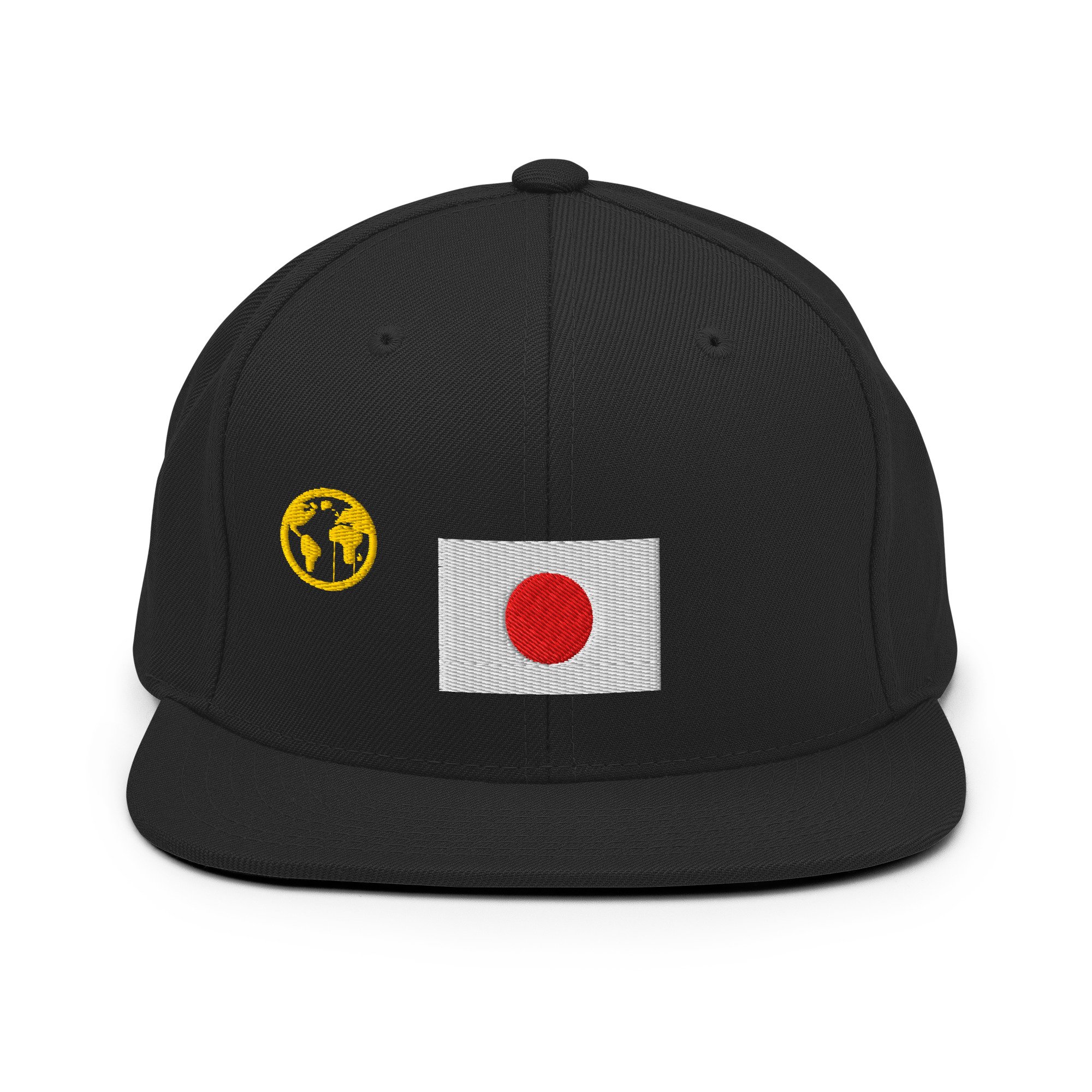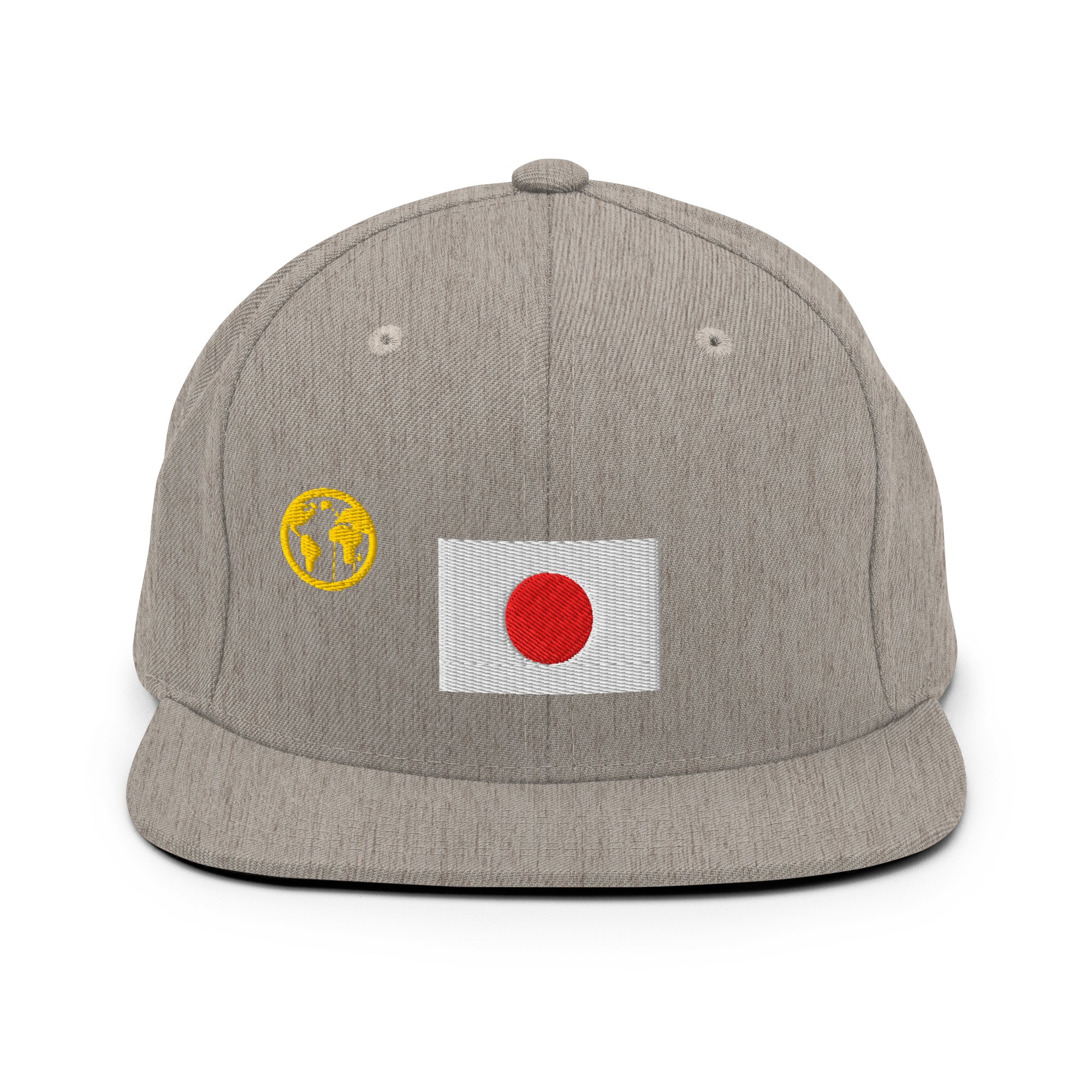The Real Story of Hibachi: From Traditional Japanese Heaters to Sizzling Western Showmanship
When most people in the West hear the word hibachi, they imagine a knife-flipping chef, a flaming onion volcano, and the irresistible aroma of sizzling meat and fried rice on a flat-top grill. But ask someone in Japan, and you'll hear a completely different story—one that has little to do with food and everything to do with heat, tradition, and quiet domestic life.
So what is hibachi, really? Let’s dig into its fascinating evolution.
🔥 Hibachi in Japan: A Fire Bowl, Not a Grill
In Japanese, hibachi (火鉢) literally means “fire bowl.” It refers to a:
Traditional container made of ceramic or metal
Filled with burning charcoal
Used historically to heat homes or boil water
Originated during the Heian period (794–1185 AD)
Decorated and placed indoors, especially in the colder months
Not intended for cooking food
Instead, hibachis served as compact, elegant heating units in Japanese households, predating modern central heating.
🍽️ Hibachi in the West: A Case of Mistaken Identity
In Western countries, particularly the U.S., hibachi has come to mean something very different—usually one of two things:
Small Charcoal Grills
Portable cast-iron or metal grills sold as “hibachis”
Popular in post-WWII America
Used for backyard cooking and camping
Theatrical Japanese-Style Cooking (Actually Teppanyaki)
Flat iron griddle cooking in front of diners
Known for knife tricks, flaming onion volcanoes, and interactive showmanship
Popularized by Benihana, which opened in NYC in 1964
Often mistakenly called “hibachi” in the U.S.
The term "hibachi" became a marketing catch-all, though what most people enjoy is actually called teppanyaki in Japan.
🔪 The Benihana Phenomenon
The Americanized hibachi experience owes much of its fame to Rocky Aoki, founder of Benihana. His vision blended:
Japanese cooking techniques
Western showmanship and theater
An entertaining, social dining experience
At Benihana and similar chains:
Diners sit around a large griddle (teppan)
Chefs cook meals live in front of them
Perform tricks with utensils and food
Create a unique fusion of dining and entertainment
This format became synonymous with "hibachi" in the U.S., despite being quite different from Japan’s traditional fire bowls.
🍤 What’s on a “Hibachi” Menu?
A typical “hibachi” meal in Western restaurants (really teppanyaki) often includes:
Proteins like steak, chicken, shrimp, or scallops
Mixed vegetables (zucchini, onion, mushroom, carrot)
Fried rice and/or stir-fried noodles
Ginger salad and miso or clear soup
Dipping sauces like yum yum and ginger sauce (both American inventions)
It’s flavorful, fun, and interactive—but not exactly authentic Japanese home cuisine.
🗺️ Hibachi vs. Teppanyaki: What’s the Difference?
Here’s a breakdown of the core differences between the two terms:
Hibachi (Traditional Japanese Use)
Meaning: “Fire bowl”
Purpose: Heating rooms or boiling water
Material: Ceramic or metal container
Fuel: Charcoal
Location: Indoors, not used for cooking
Teppanyaki (Japanese Griddle Cooking)
Meaning: “Grilled on an iron plate”
Purpose: Cooking food in front of diners
Equipment: Large flat steel griddle
Style: Restaurant show-cooking
Popularized in: U.S. (Benihana)
🌐 Cultural Evolution or Misappropriation?
The transformation of hibachi from a household heater to a global cooking spectacle is a case study in cultural reinterpretation. Some say it's cultural appreciation and fusion; others argue it's a distortion of Japanese heritage.
What's important is to:
Acknowledge the true origins of hibachi and teppanyaki
Appreciate both traditional customs and modern adaptations
Use the correct terms when possible to show cultural respect
✨ Final Thoughts
Hibachi has journeyed from quiet Japanese homes to vibrant American steakhouses, evolving along the way into a hybrid dining experience unlike any other.
So next time you’re enjoying “hibachi-style” food, remember:
You’re eating teppanyaki 🍽️
You’re part of a global culinary reinterpretation 🌏
You’re tasting both tradition and transformation 🔥

